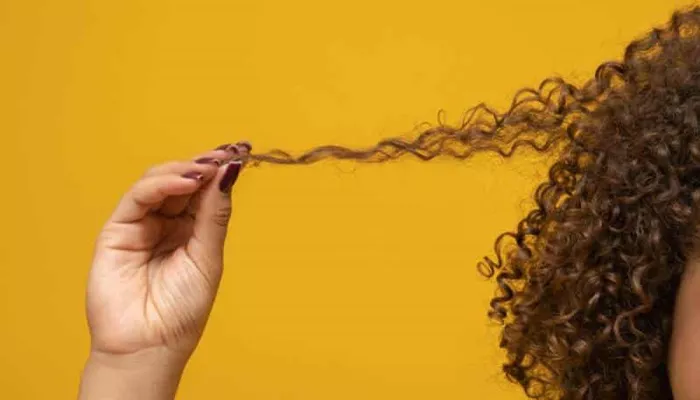Hair transplant surgery offers a life – changing solution for those experiencing hair loss, restoring both their appearance and confidence. However, after undergoing this procedure, patients often have numerous questions regarding post – operative care, and one common query is, “Can I wear a hat after hair transplant surgery?” Understanding the appropriate time to wear a hat and the types of hats suitable for post – operative use is crucial for a successful recovery and optimal results.
Immediate Post – Surgery Period
In the immediate days following hair transplant surgery, it is strongly advised against wearing a hat. Right after the procedure, the newly transplanted hair follicles are extremely delicate. These tiny grafts are carefully placed into the recipient sites on the scalp, and any external pressure or friction can dislodge them, potentially leading to graft loss and negatively impacting the final outcome of the hair transplant.
The first 1 – 2 weeks post – surgery are particularly critical. During this time, the scalp needs to heal, and the transplanted hair needs to establish a secure connection with the blood supply in the recipient area. Wearing a hat during this period would not only put mechanical stress on the grafts but also create a warm, humid environment that may increase the risk of infection, which can further damage the newly transplanted hair.
When Can You Start Wearing a Hat?
The timeline for when it becomes safe to wear a hat after hair transplant surgery typically depends on the individual’s healing process, which can vary from person to person. Generally, most patients can start wearing a hat around 2 – 3 weeks after the surgery, provided that their surgeon gives the green light. By this time, the grafts have usually started to integrate more firmly with the scalp, and the risk of dislodging them significantly decreases.
However, even when the time is right, it is essential to start with caution. Begin by wearing hats made of soft, breathable materials and avoid tight – fitting hats that can still exert excessive pressure on the scalp. Opt for loose – fitting, cotton or silk hats that allow air circulation, reducing the likelihood of sweating and creating an unfavorable environment for healing.
Types of Hats to Choose and Avoid
When selecting a hat to wear after hair transplant surgery, prioritize comfort and protection. Wide – brimmed hats made of lightweight, natural fibers are excellent choices. They not only provide sufficient coverage from the sun, which is important as the newly transplanted area is sensitive to UV rays, but also allow the scalp to breathe. Baseball caps with an adjustable strap can be suitable too, as long as they are not tightened to the point of constricting the scalp.
On the other hand, certain types of hats should be avoided. Helmets, for example, are too rigid and can cause significant pressure on the scalp, making them unsuitable during the recovery period. Similarly, tight – fitting beanies, especially those made of thick, non – breathable materials, should be steered clear of as they can trap sweat, rub against the grafts, and disrupt the healing process.
Precautions When Wearing a Hat
Even after it is deemed safe to wear a hat, some precautions should be taken. Before putting on the hat, ensure that your hands are clean to prevent introducing bacteria to the healing scalp. When removing the hat, do so gently, avoiding any sudden, tugging motions that could potentially dislodge the still – fragile hair grafts.
If you notice any discomfort, itching, or signs of redness or swelling while wearing a hat, remove it immediately and consult your hair transplant surgeon. These could be indications that the hat is too tight or that there may be an underlying issue with the healing process.
Conclusion
While wearing a hat after hair transplant surgery is possible, it requires patience and careful consideration. Adhering to the recommended waiting period, choosing the right type of hat, and following proper precautions are all essential steps to ensure a smooth recovery and the best possible results from your hair transplant procedure. Always consult with your hair transplant specialist for personalized advice based on your specific situation to avoid any complications and achieve the desired outcome of a fuller, healthier – looking head of hair.
Related topics:
What Is the Real Cost of Robotic Hair Transplant?
Is Laser Hair Transplant the Future of Hair Restoration?
How Much Does a DHI Hair Transplant Cost in Kolkata?


